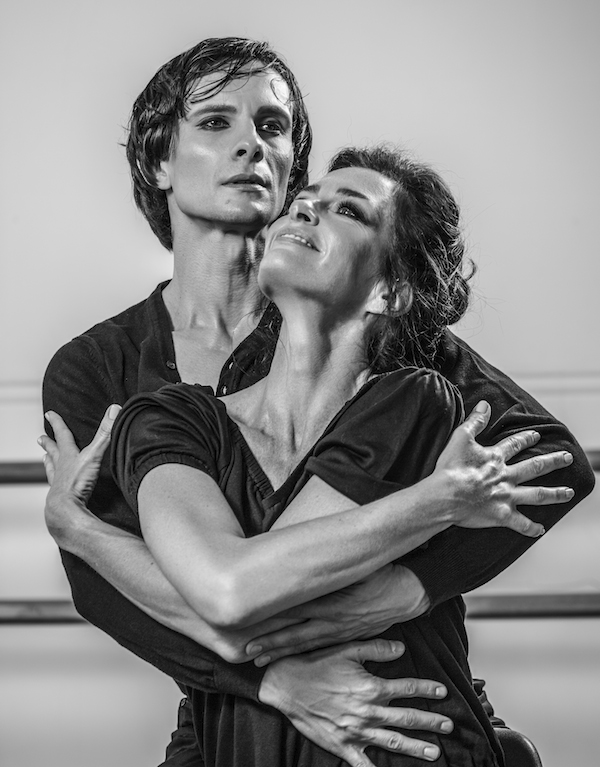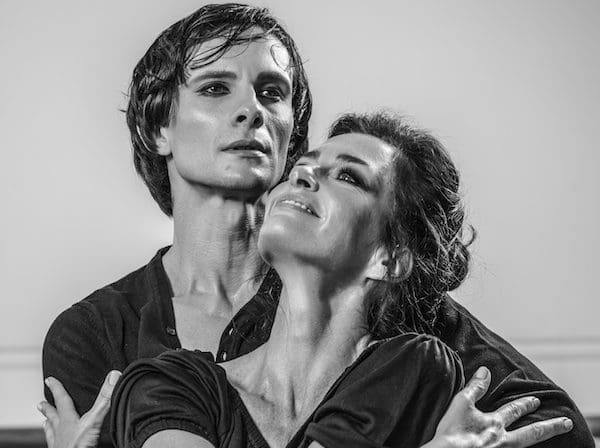
A mixture of ballet and theatre can be enjoyed at Lilian Baylis Studio until June 29th. Dancing with the Devil tells the story of the famous Russian ballet dancer Rudolf Nureyev. Diagnosed with AIDS, he spends the last years of his life hallucinating and dreaming of the past. The audience is able to follow his story through his dreams. It is an evening filled with enchantment and music but it is also filled with sadness. Moments of longing at the end of one’s life are not ones audiences wish to think of too deeply. The nostalgic theme is not felt too dramatically. As the story changes time and location, from Nureyev’s audition in Leningrad to the moment he met Margot Fonteyn, spectators are able to follow his life both on and off the stage.
While Benny Maslov’s portrayal of Nureyev is spectacular when he is dancing, the quality of his acting is not quite as breathtaking. He becomes overly expressive at the wrong times, either because he wants to portray an insufferable artist or simply because he is overacting. In any case, he is able to keep the audiences entertained until the end even though he is not always the star of the production. This changes when he begins to dance. In those moments, it is like time has stopped and there is only him for a little while.
The actors have multiple roles but they switch them clearly, adding to the strength of the show. Whether it is the young Irina, the extravagantly funny Raymundo de Larrain or the elegant Margot Fonteyn, every character brings an element of his or her own to Nureyev’s life.
The props are somewhat minimal on stage allowing for a greater range of places to be portrayed. When he is in Paris, the projection shows an Eiffel Tower in the background. It is simple yet effective. The magical aspect of the production needs to be emphasized. The dream state in which Nureyev wants to remain is truly bewitching. The classical music in the background, the lighting changing from Moscow to Paris and the short moments of dance all contribute to this surreal world. Nureyev is in denial over his illness and his fate. Nevertheless, spectators are not overwhelmingly saddened by the tragedy that is AIDS. It is possible to watch this performance about death and still be able to smile. The tragic turn of events does not leave everyone crying. It brings an element of hope and, in some way, an element of joy as well, knowing how happy Nureyev once was.
Dancing with the Devil presents themes of nostalgia, love and passion in a varied artistic fashion. It is a tribute to Rudolf Nureyev; therefore, it is no surprise that the highlights of the evening lie in the dance.

